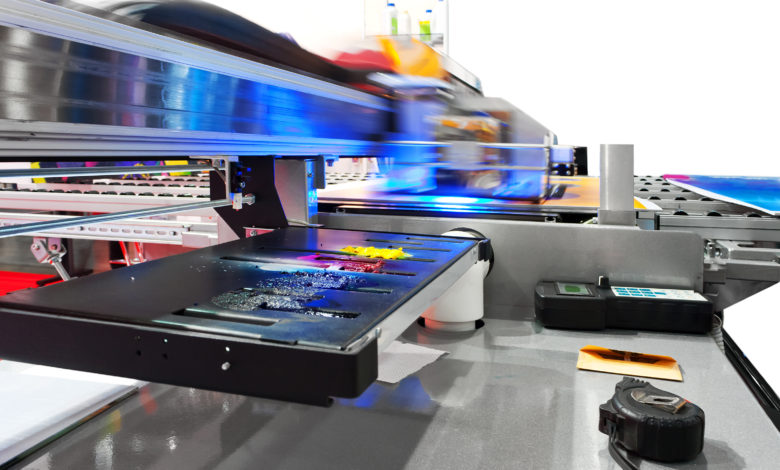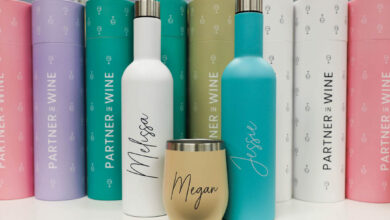
The inkjet industry has become heavily reliant on UV curable inks. The versatility and performance of UV curable inks have significantly increased the number of applications possible to utilize inkjet printing.
UV curable inks, by nature, are highly reactive mixtures of chemical compounds. Each of these compounds contributes to the performance of the ink. Being a highly reactive mixture of chemical compounds, the ink must be stored and handled properly. If proper storage and handling are not used, one can expect a shortened shelf life in the best case and very costly printer damage in the worst case. There are critical physical properties of the ink that must remain within the capability of the printer and the print heads. Now that you understand the importance of the ink properties, let’s review some best practices.
Best practices for storing UV-LED inks
Temperature
Generally speaking, UV curable inkjet inks should be stored between 41-104 F. At temperatures lower than this range, the solids dissolved in ink can become oversaturated and precipitate out of the solution. This precipitate tends to be larger than the particle size that the print heads can handle. Unfortunately, this precipitate tends to be hard to redissolve if you raise the temperature.
If your ink is exposed to temperatures lower than 41 F, you should dispose of this ink. As storage temperatures get above 104 F, there are a few modes of ink degradation that occur.
Firstly, the particles are moving more quickly on a molecular level. This movement and vibration tend to spawn polymerization reactions. As these reactions start, initially, the inhibitors stop or quench the reaction. Once the inhibitors get depleted, it is no longer capable of holding back the polymerization reaction. At this point, the ink properties tend to go outside of the range of the print head, mainly viscosity but also surface tension and others. Eventually, this polymerization can cause gels. These gels can cause costly permanent damage to your printer. So, as you can see, it is never a good idea to use inks stored at temperatures above 104 F.
Light
Besides temperature, you also must store your inks away from light. Even though typical ink packaging is opaque or “light-blocking,” my experience is that there is always some amount of light penetration. Some good practices to start using:
- Do not store in a location with sunlight, either through windows, skylights, or direct. The lighting in the area should have UV light filters installed. There are many options here, such as UV filters applied to fluorescent light bulbs and windows.
- Leave the bottles of ink in the corrugated packaging when they arrive. It’s another layer of protection and doesn’t cost anything. If you unpack the bottles, it’s always best to use a lower shelf where they are shielded from overhead lighting.
- One of the worst things you can do when handling inks is to use a flashlight to look in a bottle. This light can quickly turn a perfect ink into a destabilized mixture — an expensive mistake for any printer owner.
Ventilation
Finally, a good ink storage area should be well ventilated. Even as inks are sealed in bottles and packaging, some small molecules can migrate through the bottle and cause the ink storage area to have an offensive odor.
The best storage of UV ink is in a temperature-controlled area with UV-filtered lighting only and is well ventilated. If you follow these guidelines, you won’t shorten the shelf life of your ink or cause damage to your printer and printer components.



